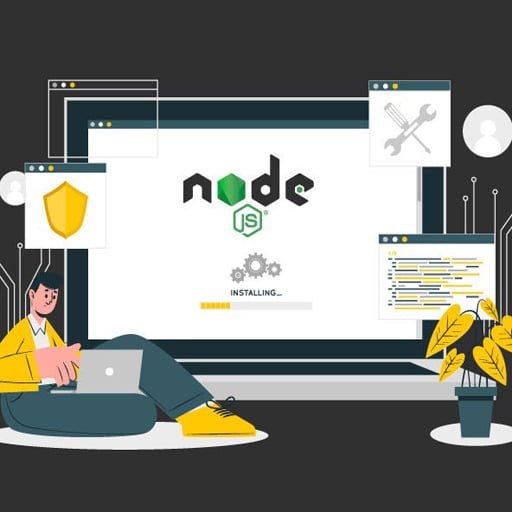When it comes to testing Node.js applications, there are several tools and best practices that can help ensure the quality and reliability of your code. Here are some of the most commonly used tools and best practices for testing Node.js applications:
1. Testing frameworks: There are several popular testing frameworks available for Node.js, such as Mocha, Jest, and Jasmine. These frameworks provide a structure for organizing and running tests, as well as various assertion libraries for making assertions about the behavior of your code.
2. Assertion libraries: Assertion libraries, such as Chai or Node.js built-in assert module, provide a set of functions for making assertions about the behavior of your code. These libraries allow you to check if certain conditions are met and throw an error if they are not.
3. Test runners: Test runners, such as Karma or Istanbul, provide a way to automate the execution of your tests. They can run your tests in different environments, generate code coverage reports, and provide other useful features for managing and analyzing your tests.
4. Mocking libraries: Mocking libraries, such as Sinon or Jest’s mocking capabilities, allow you to create mock objects or functions to simulate dependencies or external services in your tests. This can help isolate the code under test and make your tests more reliable and deterministic.
5. Continuous Integration (CI) tools: CI tools, such as Jenkins or Travis CI, can automatically build and test your Node.js application whenever changes are pushed to a repository. They can run your tests in different environments, generate reports, and notify you of any failures or issues.
6. Test coverage: Test coverage tools, such as Istanbul or nyc, can measure the extent to which your tests cover your code. They can generate reports that show which parts of your code are covered by tests and which are not, helping you identify areas that need more testing.
7. Test-driven development (TDD): Test-driven development is a development approach where tests are written before the actual code. This practice helps ensure that your code is testable, forces you to think about the desired behavior of your code upfront, and provides a safety net for refactoring or making changes in the future.
8. Integration testing: In addition to unit tests, it’s important to also perform integration tests to ensure that different components of your Node.js application work together correctly. Integration tests can be written using frameworks like Supertest or by using tools like Postman or Newman to test APIs.
9. Continuous testing: Continuous testing involves running tests continuously as you develop your application, rather than waiting until the end of the development cycle. This can be achieved by using tools that automatically run tests whenever changes are made, providing fast feedback on the impact of those changes.
10. Test environment management: It’s important to have a separate test environment that closely resembles your production environment. This ensures that your tests accurately reflect the behavior of your application in the real world and helps avoid any unexpected issues when deploying to production.
By following these tools and best practices, you can ensure that your Node.js applications are thoroughly tested and reliable, leading to higher quality code and a better user experience.
